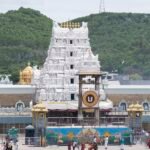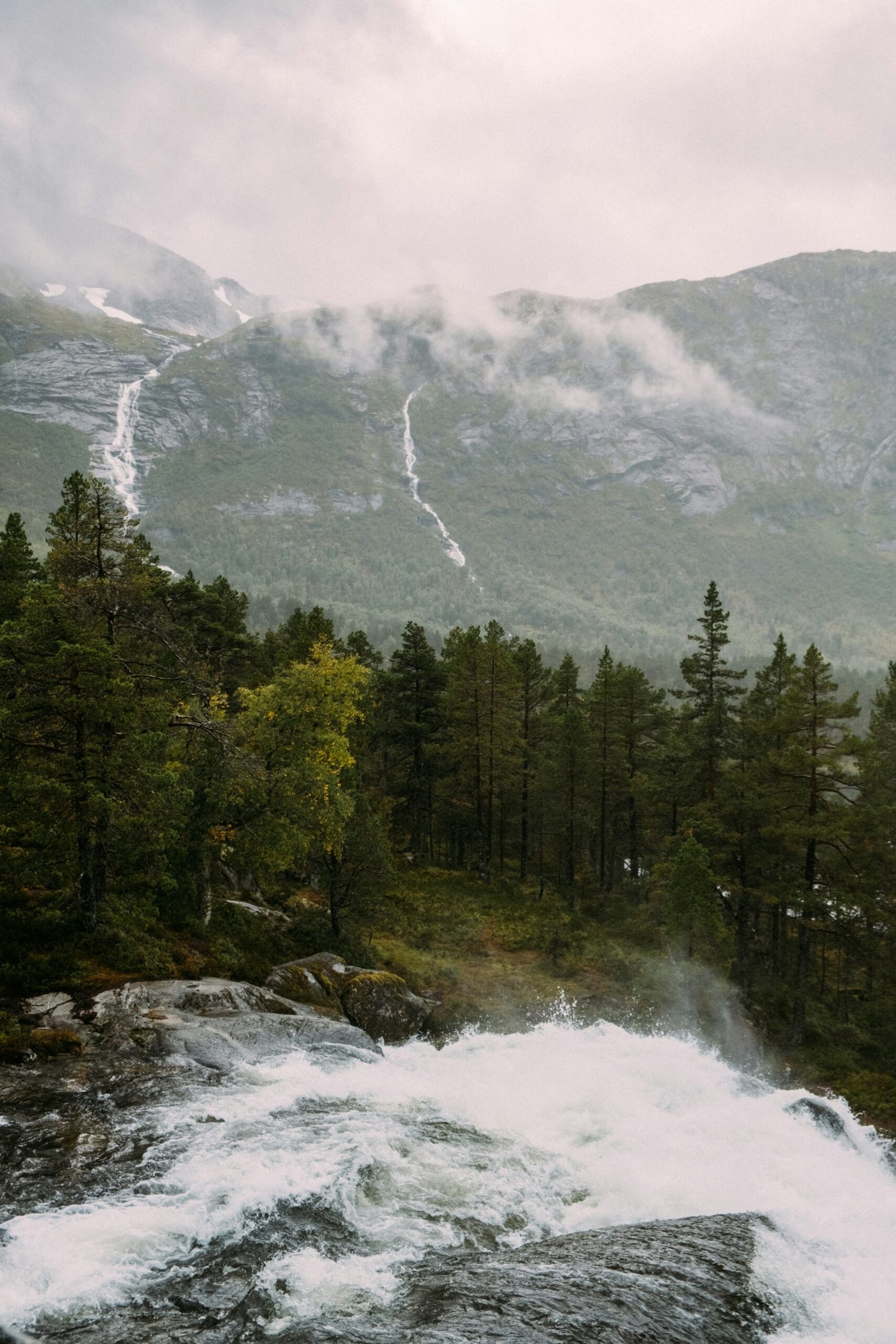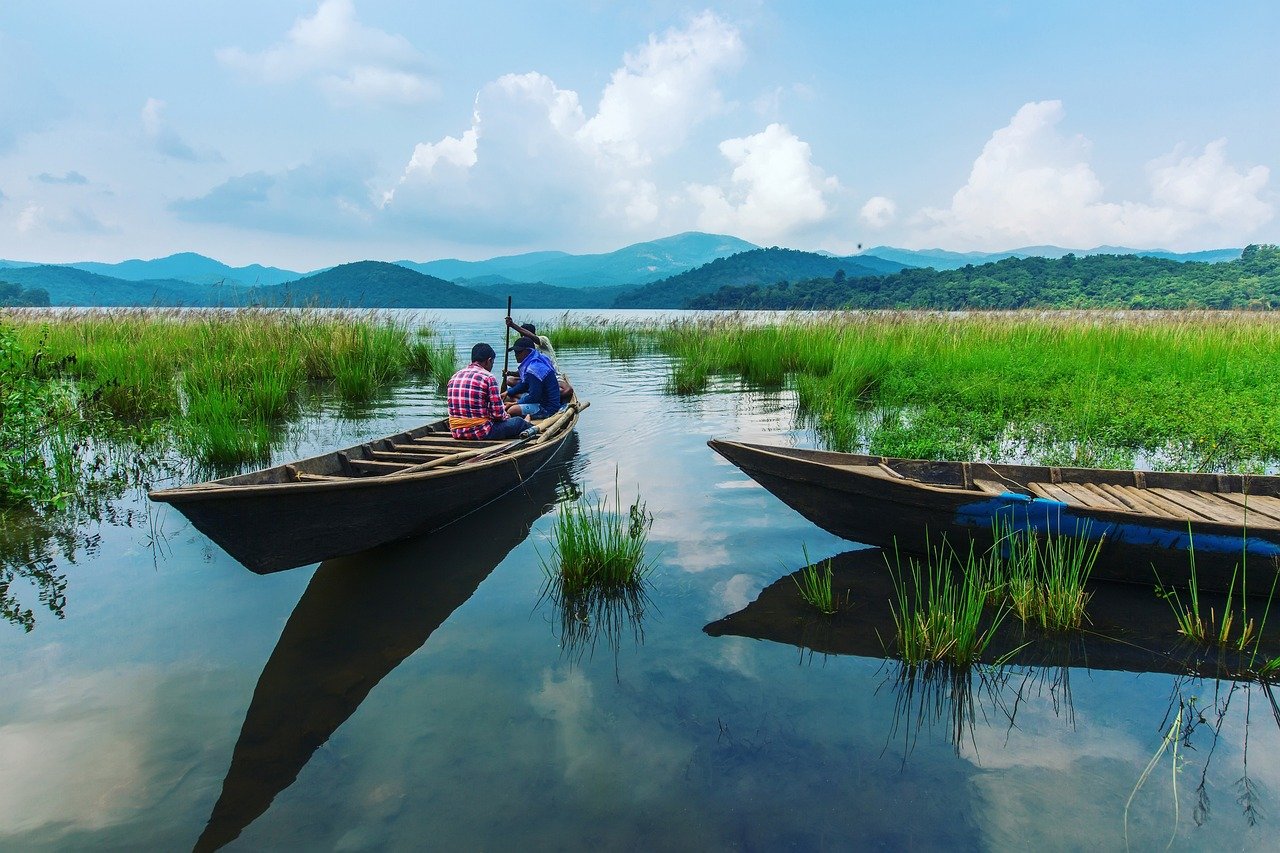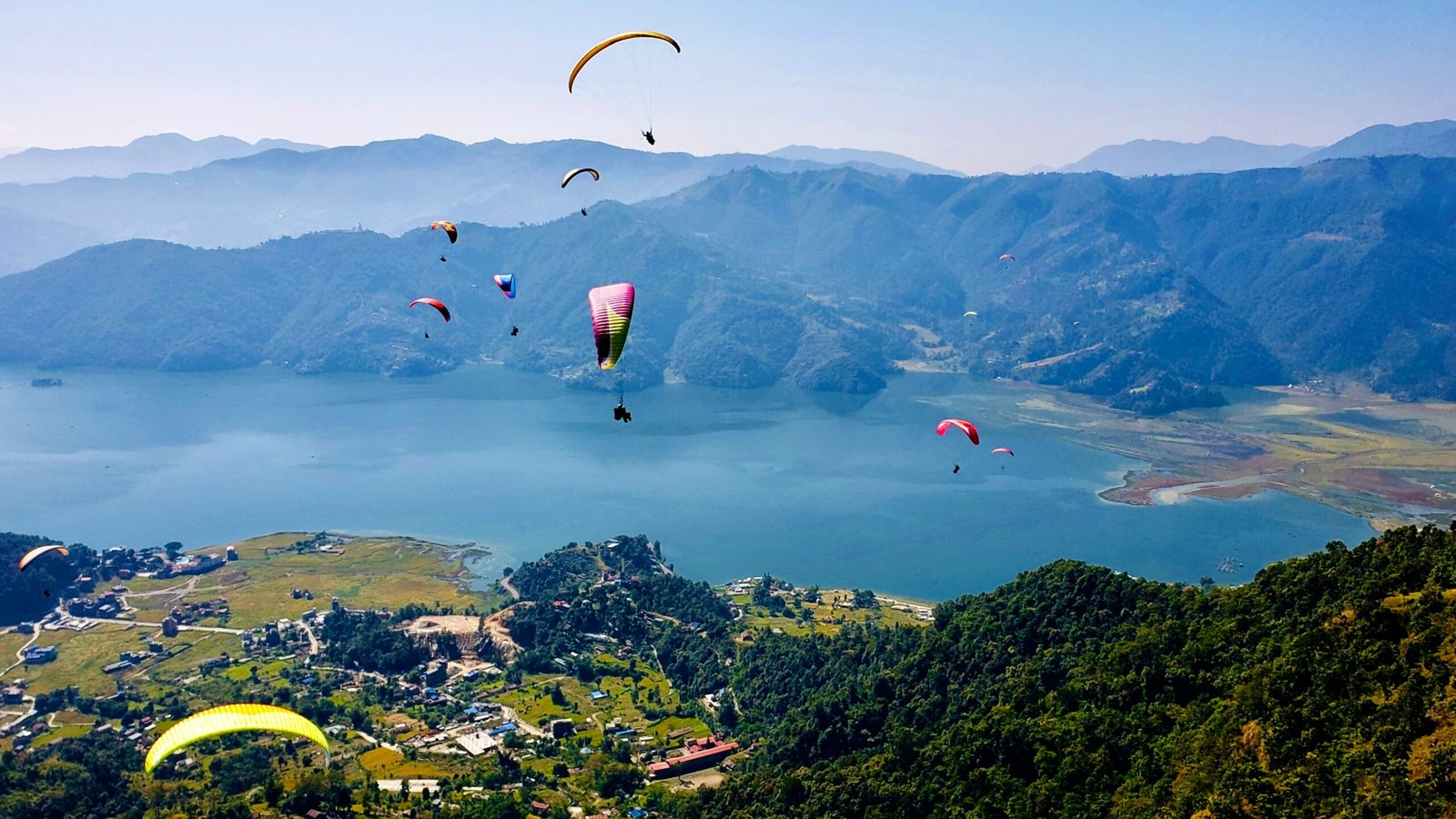Introduction to the Annapurna Circuit
The Annapurna Circuit, located in the central region of Nepal, is a renowned trekking route that attracts adventurers from around the globe. Spanning approximately 160-230 kilometers, depending on the chosen variations, this circuit is comprised of diverse terrains, ranging from lush subtropical forests to arid high-altitude landscapes. The trekking trail encircles the Annapurna massif, which includes some of the highest peaks in the world, such as Annapurna I at 8,091 meters and Dhaulagiri at 8,167 meters. This geographical significance makes the Annapurna Circuit not just a trek, but a remarkable journey through the heart of the Himalayas.
The Annapurna Circuit holds a special place in trekking culture, revered for its combination of natural beauty, cultural richness, and a sense of adventure. This trail offers trekkers the opportunity to witness the breathtaking Himalayan scenery alongside a vibrant tapestry of local culture. Villages inhabited by the Gurung, Thakali, and Magar communities enrich the experience with their unique traditions, languages, and culinary delights. As trekkers navigate the changing landscapes, they are inevitably drawn into the local customs and hospitable nature of the mountain communities.
What to Expect on the Trek
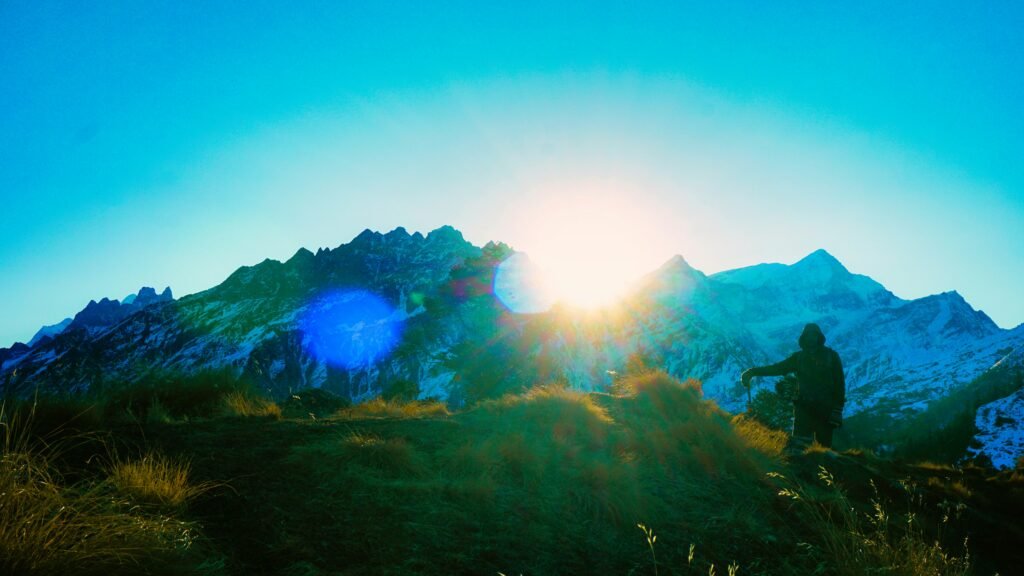



Trekking the Annapurna Circuit is an adventure filled with both breathtaking views and significant challenges that every trekker should prepare for. The terrain can be varied, ranging from lush subtropical forests to arid high-altitude landscapes. In the initial stages of the trek, one can expect to navigate through terraced fields and quaint villages, with trails occasionally winding through dense forests rich in flora and fauna. As the trek progresses, climbers will encounter steeper ascents, rocky paths, and high passes, particularly when approaching Thorong La Pass, which stands at an impressive 5,416 meters. Such elevation changes can pose physical challenges, particularly for those who are not acclimatized to high altitudes.
The weather conditions on the Annapurna Circuit fluctuate considerably with the seasons. During the spring (March to May), trekkers can expect mild temperatures and blooming rhododendrons, making for a visually stunning environment. Summer months can bring monsoon rains, which may lead to landslides and muddy trails, presenting additional difficulties. The autumn season (September to November) tends to be the most popular for trekkers, offering clear skies and stable weather, though temperatures can drop significantly at night. Winter expeditions are less common due to heavy snowfall and harsh conditions, particularly above the Modi Khola valley.
Each day on the Annapurna Circuit typically involves several hours of trekking, often lasting from dawn until dusk. Accommodations range from teahouses to more basic lodges where services can be limited. Food options are generally straightforward, featuring local staples such as dal bhat, noodles, and seasonal vegetables. Interacting with local communities along the route can enrich the trekking experience, offering insights into the rich culture of the Gurung and Thakali people. By understanding the physical demands and environmental nuances of the trek, participants can better prepare for the journey ahead.
Tips for Trekking the Annapurna Circuit




Trekking the Annapurna Circuit is an adventure filled with breathtaking landscapes and cultural encounters. To ensure a rewarding experience, proper preparation is vital. First, selecting the right gear is essential. A good pair of trekking boots, moisture-wicking clothing, and a reliable backpack are fundamental. Additionally, bringing a quality sleeping bag rated for cold weather is advisable, as temperatures can drop significantly at higher elevations.
Acclimatization is crucial in preventing altitude sickness, a common concern for many trekkers. Ascend gradually, allowing your body time to adjust to the decreased oxygen levels. A general guideline is to increase elevation by no more than 300-500 meters per day after reaching an altitude of 2,500 meters. Planning rest days into your itinerary can also aid in this process. However, if you experience symptoms of altitude sickness, descend immediately to a lower elevation.
Safety precautions should not be overlooked. Always inform someone about your trekking plans, and consider carrying a first-aid kit equipped with essential medication. Being aware of weather conditions can help you avoid hazardous situations; consult local forecasts regularly. When navigating permits, note that a TIMS (Trekkers’ Information Management System) card and an Annapurna Conservation Area Permit are mandatory. These can typically be acquired in Pokhara or Kathmandu.
The best time to trek the Annapurna Circuit is during the spring (March to May) and autumn (September to November) seasons when the weather is generally stable and visibility is high. When choosing between guided tours and independent trekking, weigh your experience level and comfort with navigation. A guided tour may enhance safety and provide insights, while independent trekking offers greater flexibility. Overall, thorough preparation is key to a successful trek, allowing you to fully enjoy the magnificence of the Annapurna Circuit.
Cultural and Natural Highlights of the Annapurna Circuit
The Annapurna Circuit offers not just stunning landscapes, but also rich cultural experiences. As you begin this iconic trek, the Annapurna massif immediately impresses with its towering peaks. The views constantly shift, keeping you in awe. One of the most magical moments is watching the sun set behind these massive mountains, casting breathtaking shadows over the landscape.
Moving forward, you’ll come across charming villages like Manang. This higher-altitude village is a key stop for acclimatization. It also introduces trekkers to the Gurung and Thakali communities. Their homes, decorated with colorful prayer flags and traditional stone architecture, offer a glimpse into Himalayan life. The friendly locals invite you to engage with their customs, making this a culturally enriching stop.
The route is also dotted with monasteries that hold deep cultural significance. Braga Monastery, with its intricate murals, offers a peaceful space for reflection. Many trekkers find inspiration in the teachings of Buddhism here. These spiritual moments often become transformative, blending culture and nature seamlessly.
Nature lovers will also be captivated by the region’s diverse wildlife. As you trek through lush forests and vibrant rhododendron blooms, you may be lucky enough to spot rare wildlife like the elusive snow leopard or Himalayan tahr. Each step reveals more of the area’s natural beauty, leaving you in constant wonder.
With both cultural and natural treasures, the Annapurna Circuit offers a rich and rewarding experience for every trekker. Every moment is a chance to connect with the stunning environment and the local way of life.





